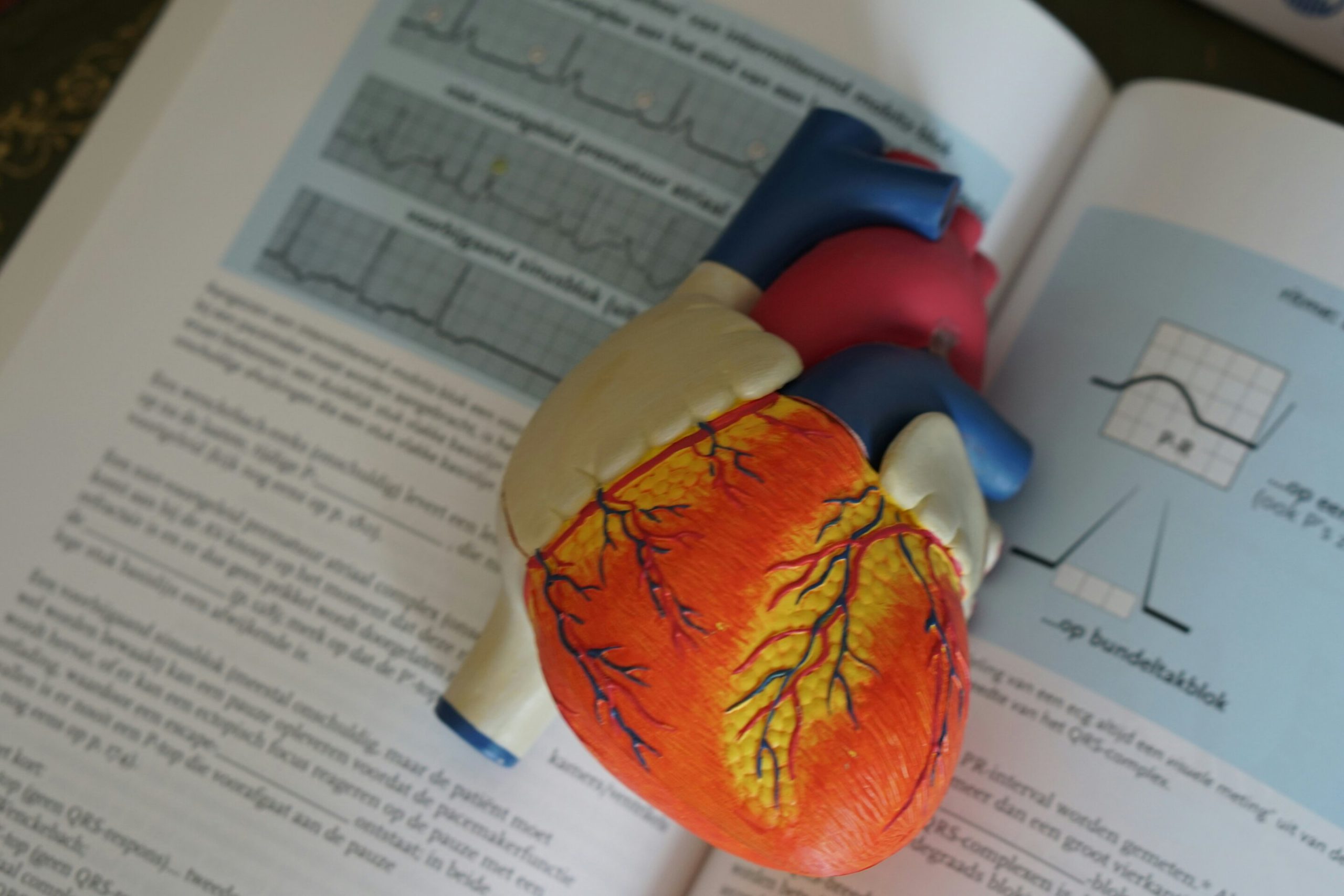At a Glance
- Researchers tracked changes in the brain that occurred in one woman before, during, and after her pregnancy.
- The results reveal pronounced shifts in regions throughout the brain and provide the first detailed map of the human brain during pregnancy.
Over the course of pregnancy, the body experiences major increases in hormone production. This triggers profound changes throughout the body, including in the brain. Scans of the brain before and after pregnancy have shown a reduction in gray matter volume. Gray matter contains the bodies of neurons, synapses, and glial cells, and is found mainly in the brain’s surface layer, called the cortex. However, changes in the brain have not been observed during pregnancy.
To better understand these changes, researchers collected 26 magnetic resonance imaging (MRI) scans in a first-time mother throughout her pregnancy and beyond. The scans covered the period from three weeks before conception through two years after giving birth. The research team was led by Drs. Laura Pritschet and Emily Jacobs at the University of California, Santa Barbara, and Elizabeth Chrastil at the University of California, Irvine. Results of the study, which was funded in part by NIH, appeared in Nature Neuroscience on September 16, 2024.
The team found that total gray matter volume and cortical thickness decreased throughout pregnancy. Both then partially rebounded after birth. Gray matter volume decreased across most of the cerebral cortex and in most large-scale brain networks. Several gray matter areas deep within the brain also decreased in volume. These changes were much larger than the variability seen in non-pregnant women over a similar period.
Another type of tissue in the brain is called white matter. White matter consists mostly of nerve fiber tracts that carry signals between regions of gray matter. The integrity of this white matter increased throughout the first two trimesters of pregnancy. After birth, it returned to baseline levels.
During the second and third trimesters, the volumes of cerebrospinal fluid in the C-shaped cavities called lateral ventricles also increased. Both then dropped sharply after birth. The observed brain changes were tied to shifts in steroid hormone levels.
The results show that the volunteer’s brain underwent changes on an almost weekly basis during pregnancy. This supports the idea that pregnancy is a period of high neuroplasticity—the capacity of networks of neurons to adapt and reorganize.
The findings are a key step in building a comprehensive map of the human brain during pregnancy. Such a map could be a resource for neuroscientists to further explore the maternal brain. The team next plans to record the brain changes during pregnancy in more women. This will reveal whether the changes observed in this study are typical of the broader population. It may also reveal whether variations in these brain changes are associated with health outcomes, such as postpartum depression.
“There are now FDA-approved treatments for postpartum depression,” Pritschet notes, “but early detection remains elusive. The more we learn about the maternal brain, the better chance we’ll have to provide relief.”
—by Brian Doctrow, Ph.D.
References: Neuroanatomical changes observed over the course of a human pregnancy. Pritschet L, Taylor CM, Cossio D, Faskowitz J, Santander T, Handwerker DA, Grotzinger H, Layher E, Chrastil ER, Jacobs EG. Nat Neurosci. 2024 Sep 16. doi: 10.1038/s41593-024-01741-0. Online ahead of print. PMID: 39284962.
Funding: NIH’s National Institute on Aging (NIA) and National Institute of Mental Health (NIMH); Ann S. Bowers Women’s Brain Health Initiative; University of California, Irvine; Academic Senate of the University of California; Repro Grants.





